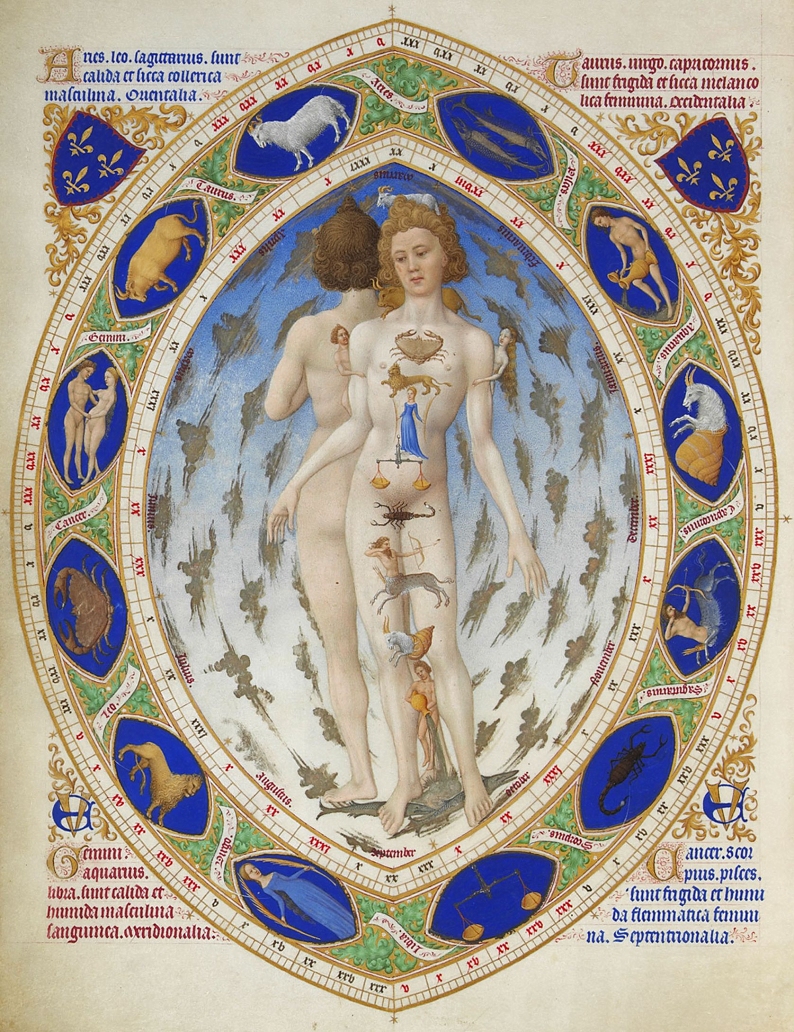
Medicine during the medieval era was multi-faceted, relying on the skills of several classes of practitioners. The ill and aged were treated by university trained physicians, monks, or folk healers, depending on the patient's socio-economic class.
Though medical practices and procedures in the middle ages are generally considered obsolete and relying on herbal remedies, prayer, spells and incantations, there were also surgeries performed and cures perfected that are similar to modern procedures. Continue reading ...
Physicians were scholars who studied at universities. In order to be declared a physician, a student had to prove himself able to recite, lecture and debate the contents of his studies. Continue reading ...
The scientific approach to medicine, based on diagnosis and treatment, was introduced by Hippocrates. Hippocrates' work was augmented by a Greek army doctor, Dioscorides, whose De Materia Medica, appeared in the 1st century. Continue reading ...
The most common diseases during the middle ages were dysentery, epilepsy, influenza, diphtheria, scurvy, typhoid, smallpox, scabies, impetigo, leprosy, pneumonia ... Continue reading ...
In the Dark Ages the secrets of plants and herbs and natural healing properties were regarded as the domain of the Druids. In the Middle Ages the folk healers, usually wise women, who had learned the secrets of which herbs, flowers, trees and plants had the power to heal ... Continue reading ...

An herbal is a book containing the names and descriptions of plants, usually with information on their medicinal, tonic, culinary, toxic, hallucinatory, aromatic, or magical powers, and the legends associated with them. Read more at Wikipedia.

After A.D. 400, the study and practice of medicine in the Western Roman Empire went into deep decline. Medical services were provided, especially for the poor, in the thousands of monastic hospitals that sprang up across Europe, but the care was rudimentary and mainly palliative. Read more at Wikipedia.